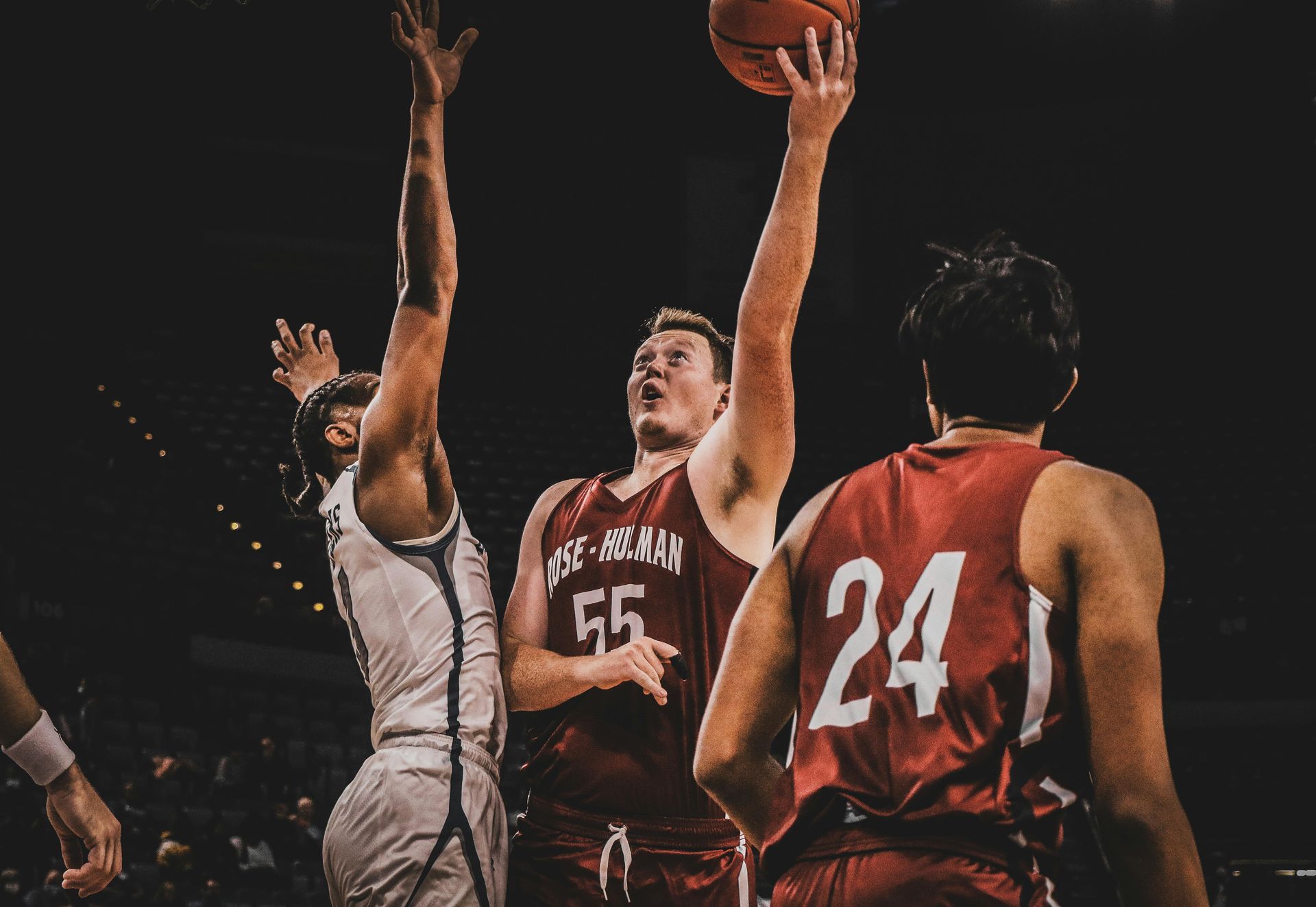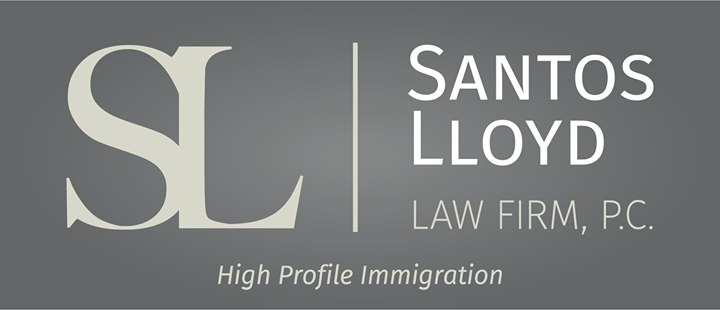Créer des opportunités: Visas américains pour les chefs, les boulangers et les artisans culinaires
Click here to read this article in English
Si vous avez toujours rêvé d'apporter votre art culinaire aux États-Unis - que ce soit en tant que chef dans une cuisine haut de gamme, artisan pâtissier concevant des chefs-d'œuvre comestibles ou boulanger présentant des recettes familiales séculaires aux dîners américains - il existe peut-être un visa qui vous convient aussi bien que votre tablier préféré.
Dans le monde dynamique de l'immigration américaine,
deux options sont particulièrement intéressantes pour les professionnels de la cuisine : le visa O-1B et le visa P-3. Alors que beaucoup pensent que ces visas sont réservés aux stars d'Hollywood ou aux musiciens folkloriques, la réalité est qu'ils ont ouvert des portes à des professionnels créatifs dans tous les domaines, y compris ceux dont le médium est la saveur.
Commençons par
le visa O-1B. Ce visa est destiné aux personnes ayant des « capacités extraordinaires » dans le domaine des arts, que l'USCIS définit comme des personnes s'étant distinguées par leur renommée nationale ou internationale. Il s'agit d'un coup de projecteur sur vos réalisations, que vous ayez fait l'objet d'articles dans des magazines culinaires, que vous ayez été la tête d'affiche de festivals gastronomiques, que vous ayez travaillé dans des cuisines renommées ou que vous ayez reçu les éloges de critiques et de chefs respectés. Vous n'avez pas besoin d'une étoile Michelin (même si cela ne fait pas de mal) - il vous suffit de prouver que vos compétences et votre réputation vous placent dans une classe à part. Ce visa vous permet de travailler aux États-Unis pendant trois ans au maximum, avec la possibilité de prolonger votre séjour si vous continuez à faire des merveilles.
Si votre passion est de préserver et de partager votre héritage culturel par le biais de la cuisine,
le visa P-3 est peut-être mieux adapté. Conçu pour les artistes et les animateurs qui viennent aux États-Unis pour se produire, enseigner ou entraîner dans le cadre d'un programme « culturellement unique », le visa P-3 est parfait pour les chefs cuisiniers formés aux méthodes traditionnelles qui souhaitent introduire des saveurs ethniques authentiques sur les tables américaines. Par exemple, un maître japonais du sushi enseignant des techniques régionales dans des écoles culinaires, un chef français recréant les plats rustiques de Provence dans un restaurant de la ferme à la table en Californie, ou un boulanger italien apportant des spécialités régionales comme la cassata sicilienne ou les maritozzi romains dans une boulangerie de Brooklyn. Selon l'USCIS, le programme doit viser à « faire progresser la compréhension ou le développement de votre forme d'art » et peut être de nature commerciale ou non commerciale. Le visa dure un an et peut être prolongé.
Pourquoi ces options sont-elles si avantageuses pour les professionnels de la cuisine ? Tout d'abord, elles permettent d'éviter les longs délais et les complexités de la certification de la main-d'œuvre. Elles sont plus rapides, plus abordables et permettent à votre talent - ou à votre tradition - de s'exprimer. À une époque où les Américains sont de plus en plus friands de saveurs mondiales authentiques, la présence d'un expert autochtone dans la cuisine n'est pas seulement une tendance, c'est une expérience. Et le système d'immigration américain est en train de s'en rendre compte.
Au cabinet Santos Lloyd, nous avons aidé d'innombrables professionnels de la cuisine à trouver le visa correspondant à leurs rêves. Que votre histoire soit écrite en safran et en fumée ou en farine et en sucre, nous sommes là pour vous aider à lui donner vie aux États-Unis.Vous êtes prêt à lancer votre carrière aux États-Unis ? Contactez-nous pour commencer, car votre prochain chapitre n'est peut-être qu'à un visa de vous.
Ce blog n'est pas destiné à fournir des conseils juridiques et rien ici ne doit être interprété comme établissant une relation avocat-client. Veuillez prendre rendez-vous avec un avocat spécialisé en droit de l'immigration avant d'agir sur la base de toute information lue ici.






